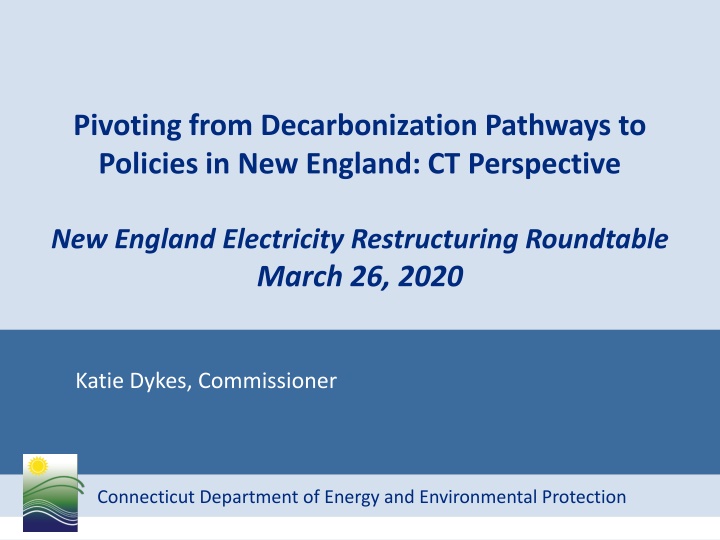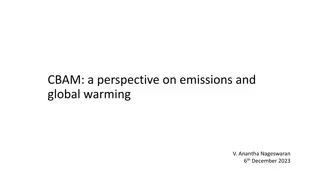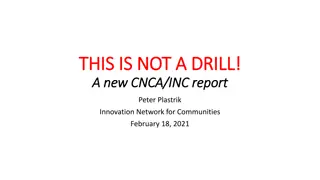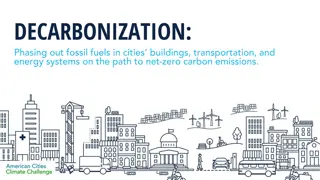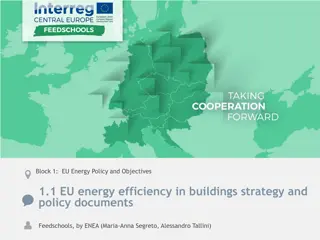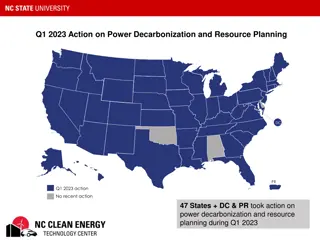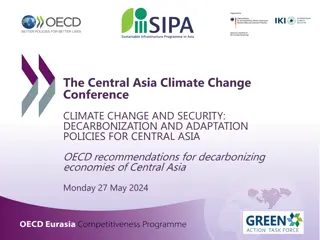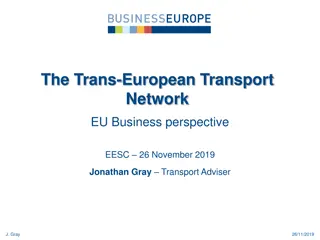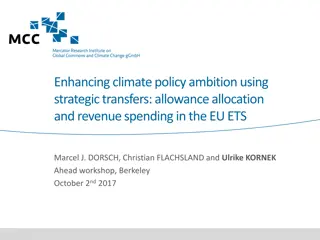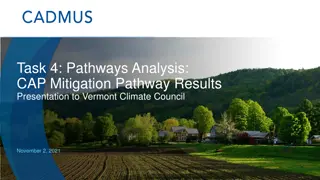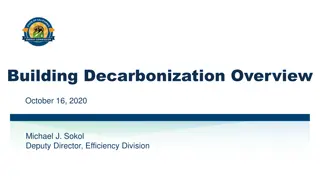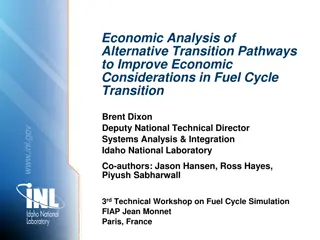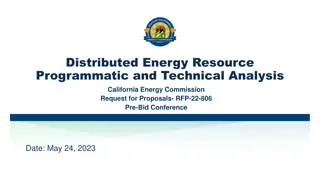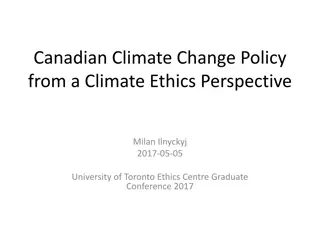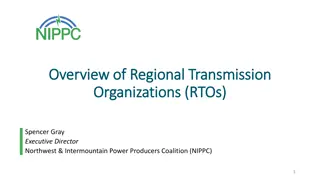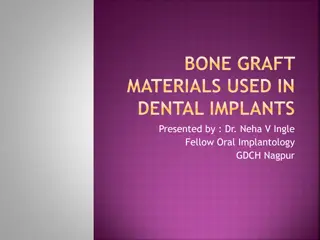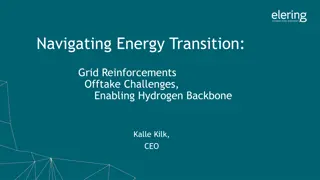Decarbonization Pathways to Policies: CT Perspective
This content delves into Connecticut's long-term climate and electricity policy mandates, key takeaways from the CT Draft IRP, and recommendations for enacting legislation, monitoring conditions for renewable procurement, investing in energy efficiency, and more.
Download Presentation

Please find below an Image/Link to download the presentation.
The content on the website is provided AS IS for your information and personal use only. It may not be sold, licensed, or shared on other websites without obtaining consent from the author.If you encounter any issues during the download, it is possible that the publisher has removed the file from their server.
You are allowed to download the files provided on this website for personal or commercial use, subject to the condition that they are used lawfully. All files are the property of their respective owners.
The content on the website is provided AS IS for your information and personal use only. It may not be sold, licensed, or shared on other websites without obtaining consent from the author.
E N D
Presentation Transcript
Pivoting from Decarbonization Pathways to Policies in New England: CT Perspective New England Electricity Restructuring Roundtable March 26, 2020 Katie Dykes, Commissioner Connecticut Department of Energy and Environmental Protection
Long-Term Climate Policy Mandates Economy-Wide 80% reduction from 2001 levels by 2050 45% reduction from 2001 levels by 2030 Governor s Council on Climate Change Phase I Report: Near Term Actions Connecticut Department of Energy and Environmental Protection
Long-Term Electricity Policy Mandates Electric Sector: 100% by 2040 (Executive Order No. 3) Affordable Reliable, Resilient Deregulation: (Public Act 98-28): Secure benefits of competition, shareholders bear the risk Connecticut Department of Energy and Environmental Protection
CT Draft IRP Key Takeaways Offshore wind (OSW) and grid-scale solar resources are key to achieving 100% goal under balanced blend scenarios Year of Millstone nuclear retirement is consequential Transmission constraints cause the loss of between 6.8% and 11.3% of clean energy generated Energy storage plays a key role as it smooths out variable energy production from wind and solar Connecticut Department of Energy and Environmental Protection
IRP Recommendations: CT 1. Enact legislation adopting a 100% zero carbon electric supply target for CT 2. Monitor conditions to determine next new grid-scale renewable procurement 3. Invest in cost-effective energy efficiency and active demand response 4. Support development of energy storage resources 5. Structure successor tariff program for distributed generation to achieve historic deployment levels 6. Address the impact of BTM resources on overall RPS compliance obligations Connecticut Department of Energy and Environmental Protection Connecticut Department of Energy and Environmental Protection
IRP Recommendations: CT 7. Engage in coordinated planning for workforce and economic development 8. Conduct stakeholder process to improve solar siting and permitting in CT 9. Diversify CT s materials management infrastructure by investing in sustainable materials management strategies and facilities Connecticut Department of Energy and Environmental Protection Connecticut Department of Energy and Environmental Protection
IRP Recommendations: Regional 1. Pursue reform of wholesale electricity markets 2. Reform governance structure surrounding ISO-NE markets 3. Coordinate with regional states to evaluate transmission needs to meet state climate and energy policy goals 4. Leverage regional coordination to develop best practices for OSW siting Connecticut Department of Energy and Environmental Protection Connecticut Department of Energy and Environmental Protection
New England Energy Vision Wholesale Market Design Transmission Planning Governance Reform Connecticut Department of Energy and Environmental Protection Connecticut Department of Energy and Environmental Protection
Questions? Connecticut Department of Energy and Environmental Protection
